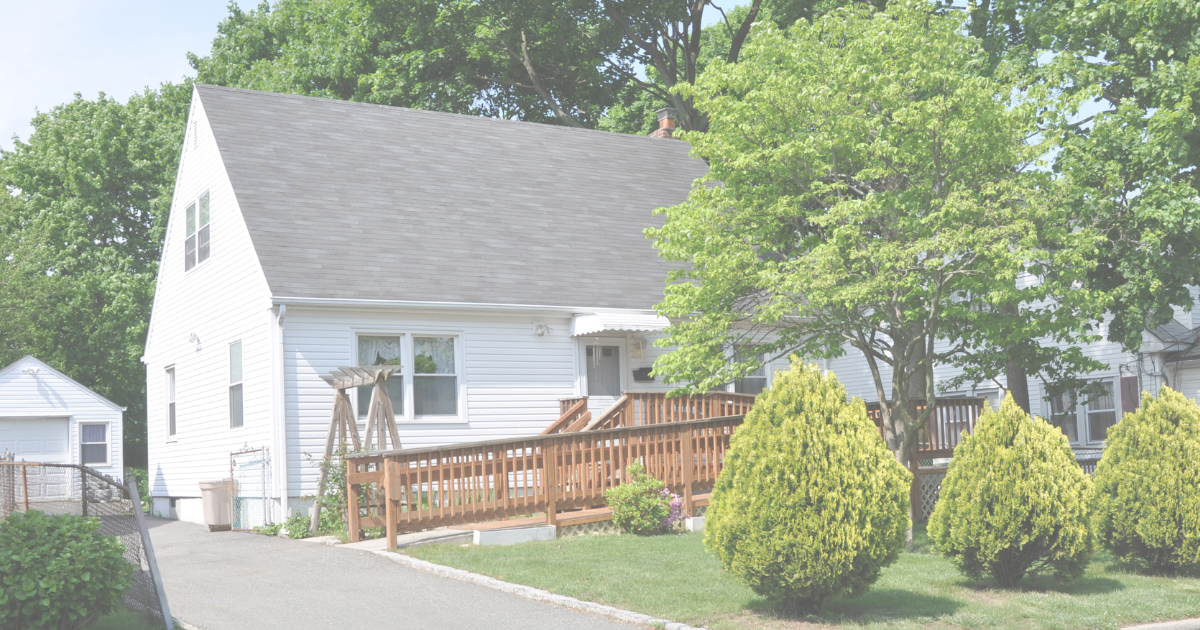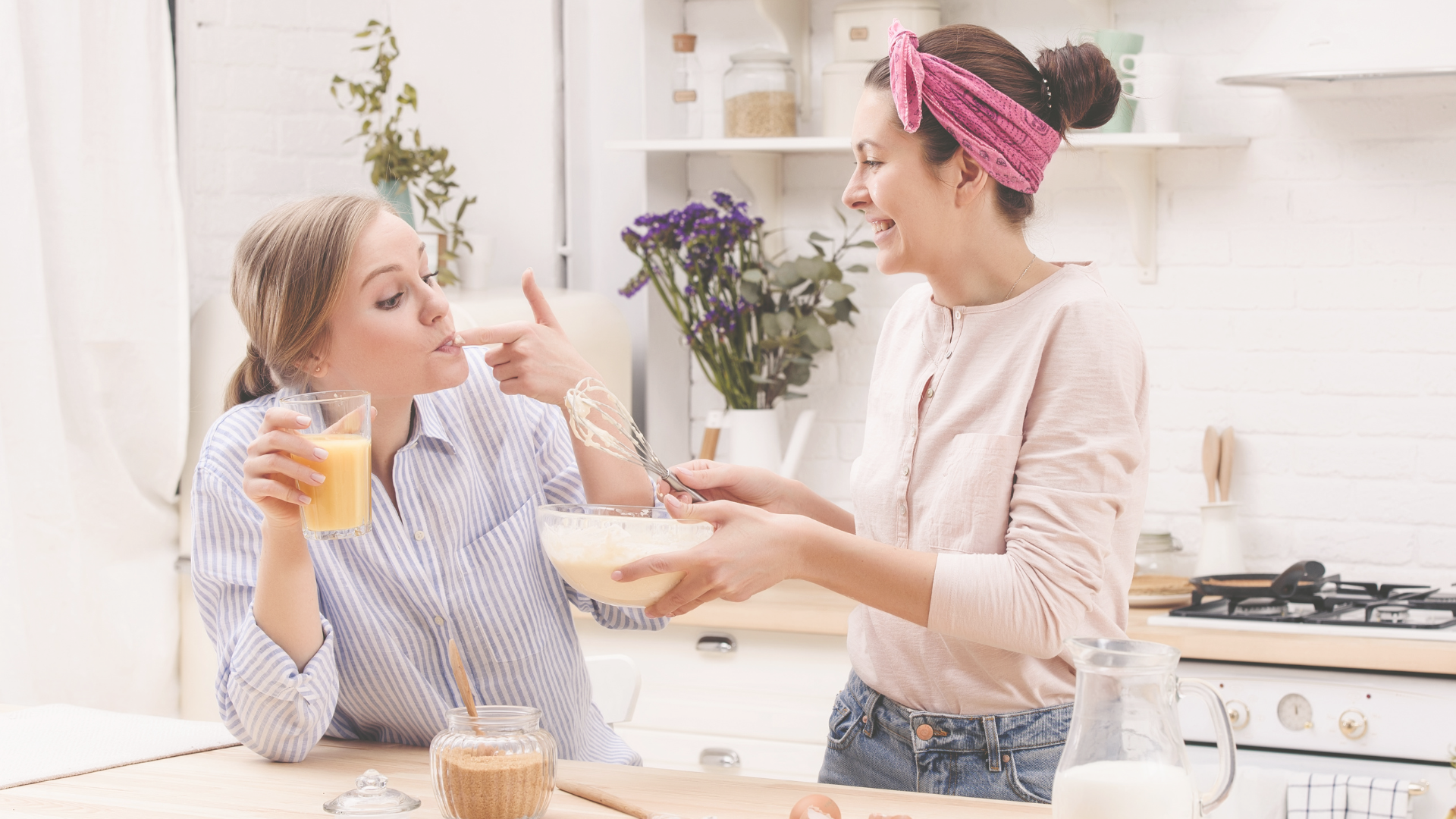First Steps to Making Your Home More Welcoming
Rosemarie Rossetti, whose book we mentioned in this post held a TEDx talk about universal design in everyday life. According to Rossetti, 90% of homes are not accessible for people with disabilities.
We can all implement small changes around the house to make our spaces more inviting, inclusive, and accessible to people of all abilities. We’ve gathered some ideas of ways you can introduce universal design principles into your own home now. Join us in creating a more welcoming world.
High-Traffic Spaces
Common spaces used by residents and visitors alike are good places to start when it comes to making updates to your home. Here are simple adjustments that can make accessing these spaces safer and easier.
- Install automatic light sensors
Light switches can be challenging for some to operate. Automatic sensors turn lights on when someone enters the room and shuts them off if the room is empty. Bonus: This conserves energy and is good for the planet.
- Remove curbs or transitions between room
Having curbless entry in each room helps lessen the possibility of tripping on a threshold when moving from room to room
- Declutter pathways
Consider the paths people walk in your most-used rooms. Are there obstructions, like furniture or clutter on the floor? Clear the way to make sure movement throughout is easy and unobstructed.
Kitchen
While the kitchen is the most hazardous room in the home, there are small steps you can take to reduce your risk.
- Remove the kitchen mat
Rugs and mats near the sink can cause trips and falls. Removing them and selecting flooring that provides traction-but doesn't create an uneven surface–will help make this room safer. Certain tiles and cork work well for this, as well.
- Store thoughtfully
Store frequently used items in easy-to-reach places, like waist-height cabinets or on countertops. For deep shelves, consider inserts that can assist in pulling items out more easily.
- Add lighting
Install task lighting above high-use spots, like the oven or certain countertops. Additional lighting in cabinets, drawers, and other storage areas is also helpful.
- Change out your hardware
Handles or levers on drawers and cabinets are more accessible than knobs, tabs, and C- and J-Channel cabinet pulls.
- Enhance the sink
Single-lever faucets or touch faucets can help remove barriers to using the sink.
Shower
The bathroom is the second most dangerous room in the home. More than half of injuries sustained in the bathroom occur in the shower or tub. Start with making some minor changes to your shower.
- Add a bench
This can help reduce fall risk, especially if standing for long periods is a challenge.
- Install an adjustable showerhead
Even better, some shower heads now feature an easy-to-use on/off button.
- Upgrade your faucet
If your faucet has a knob or two separate handles for hot and cold water, it can be helpful to install a faucet with a single handle.
- Invest in a floor mat or non-slip flooring
Do what you can to reduce the chance of slipping while in the shower with a non-slip shower mat or specialty flooring.
Photo by
Marcus Aurelius










